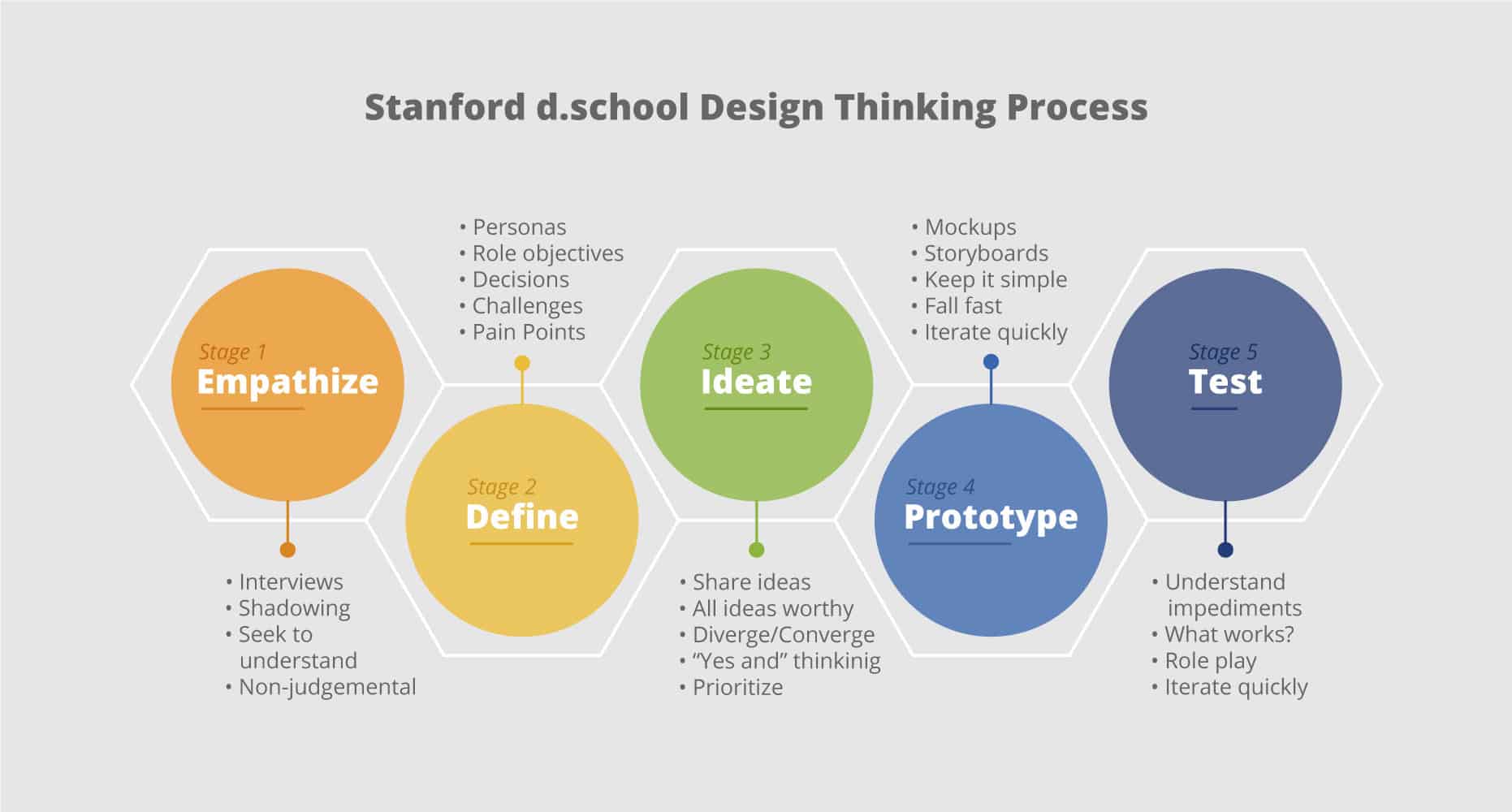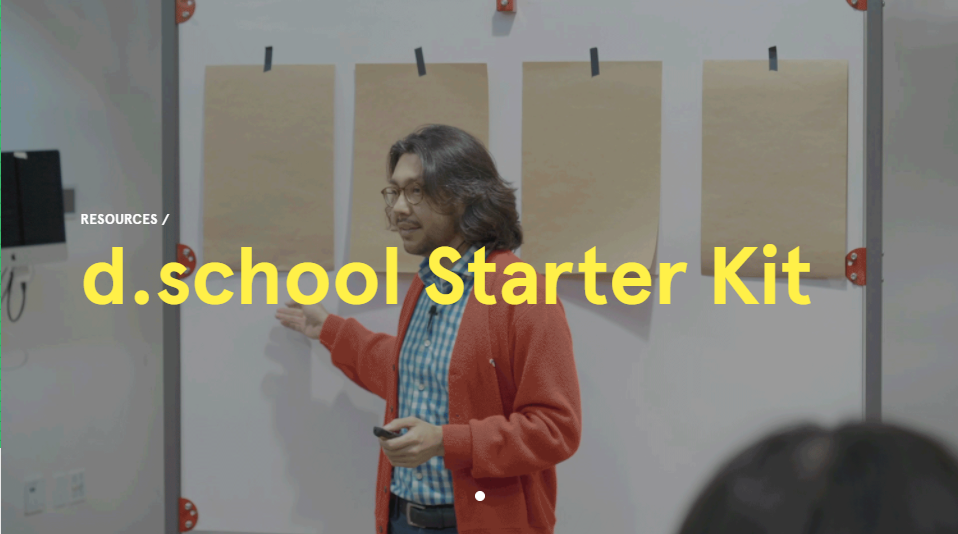Table Of Content

Our work to explore and shape our future approach to design education has only just begun, and students are partnering with us on this journey. Our 2-year graduate program is project-based and highly immersive. Students learn the skills needed to tackle big design challenges and build with purpose and intention. When students are building out a new concept –whether a product, service, or experience – they need to be able to nest the concept within the larger ecosystem that relates to it.
Stanford’s Creativity and Design Program: Who you’ll be learning from
We aim to activelyconfront and challenge the mindset that design can only be used by a privileged few. Our books (we’ve published 11!) share activities, stories and tools that our educators use at the d.school.
Program Components
The state’s diverse landscapes and innovative spirit are also reflected in its top-tier art schools. Whether you’re in the bustling metropolis of Los Angeles, the technology hub of San Francisco, or the scenic enclaves of San Diego, Santa Barbara, and Pasadena, you’ll find an institution that fuels your artistic ambitions. Fashion and art have always been part of former DesignX student, Amanda's, natural self-expression. She began fashioning and or, re-fashioning clothes as a kid. She'd frustrate her mother when she'd cut up her own clothes.
Tools for Creative Action
The exciting news is that as a newly-minted IDP, Design will now become even more interdisciplinary! This will be reflected in our leadership, where you get to take classes, and in our teaching community. Our classes challenge them to tackle problems that are happening right now, not the ones from a textbook page. We work with partners from non-profit, corporate, and government organizations to develop projects that address real-world challenges. Each year, Variety curates a list of the top film school programs across North America. From universities that are as old (or older) than the moving picture itself, to budding programs, the schools on this list collectively offer an impressive array of educators, facilities and lessons to be learned.
Long lines, stressed poll workers, COVID-19: How Stanford d.school is using design to streamline voting - Fast Company
Long lines, stressed poll workers, COVID-19: How Stanford d.school is using design to streamline voting.
Posted: Thu, 29 Oct 2020 07:00:00 GMT [source]
Integrative Design for Systems Change
But that search can be a huge investment of time and energy. How do you solicit feedback in a natural way that works for both you and the person you’re asking? Kim Scott talks about the best ways that she’s found to solicit specific, actionable feedback. When businesses notice a problem, it’s tempting to assume that it’s complex and hire an outside consulting firm to conduct a rigorous audit.
Empathize and Prototype: A Hands on Dive into the Key Tools of Design Thinking
Innovation at WorkFollow along with hands-on exercises that lead you from ideation to prototyping and presentation. Our program instructors are the original pioneers of design thinking at Stanford University. Provide the full webpage URL (Uniform Resource Locators) when prompted in the online application portal. Receive a 15% discount when multiple participants (up to 5) who work directly at the same organization attend the same program. Receive a 15% discount when two to five participants from an organization apply and attend the same session.
Get Started with Design Thinking
The goal is to put design thinking in the hands of K‐12 teachers and bring innovation practices to secondary school leaders. Teams - innovation and creative thinking are exponentially more powerful when practiced as a group. Bring your team or colleagues to the program so that you can work together on solving challenges that matter to you and directly apply methods you learn to advance your projects forward. Contact us at scpd- and we’ll help find the right pricing package for your group.
Teaching Team

Our educators’ guides help teachers in higher ed and K-12 facilitate activities from our d.school books. Want to be the first know about new toolkits, workshops and other d.school offerings? This came as no surprise to Figueroa’s parents, who named their Santa Ana wood-making business after their daughter. They brought all their four children to the shop to teach them about hard work, but they say they wanted them to achieve more.
The DesignX team hosted a station of fashion fun with plenty of brightly colored fabrics and accessories. Kids and teens were encouraged to let their creative juices flow and design their own clothing creations. Embarking on a journey to become a professional fashion designer is an exciting venture that requires dedication, creativity, and the right educational foundation. There is no cost to become a Stanford Design Formation Host Company. All we ask is that your projects come with some type of compensation for the student.
Architects have an arsenal of particular techniques to bring new structures into the world. Every discipline – immunology, macroeconomics, K12 education, whatever it may be – has its own building methods, and in every case, the details matter. People in business, higher education, the public sector and K12 education are using design to create change.
Use these activities, tools, and how-tos as a starting point — we hope you’ll hack them for whatever challenge you’re working on. Our belief and experience is that human-centered design is a powerful methodology and mindset to employ in this work. Learn and apply skills to solve real business challenges using human-centered design techniques in this workshop at Stanford’s d.school. Product Design has always been a uniquely interdisciplinary major, with coursework spanning Mechanical Engineering, Art, Computer Science, Psychology, and other fields. This blending of design engineering with a human-centered lens was core to the trailblazing founders.
By participating together, your group will develop a shared knowledge, language, and mindset to tackle challenges ahead. We can advise you on the best options to meet your organization’s training and development goals. Each learning module includes a practice exercise to immediately apply tools learned. Passwords to projects that must remain confidential can be submitted via the online application portal also. However, we strongly recommend only doing this if the projects are highly confidential.
By 2010, artificial neural networks – which had been actively explored in the mid-1980s – were again rising to prominence, and Manning again embraced the promise of a new technology. Dr. Kathryn Segovia of the Stanford d.school will guide you through a series of coaching lessons between each course that will help you build your daily creative practice and form a lifelong routine that fosters innovation. "I want to get students active and engaged and co-create their learning experience with their teachers." Ready to transform your company and build a culture of innovative problem-solving? Bring design thinking to your team and colleagues today.


















